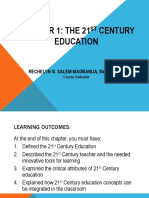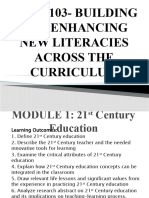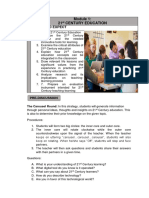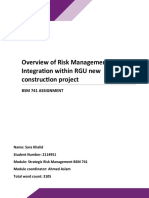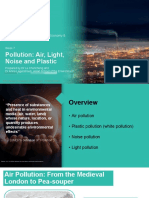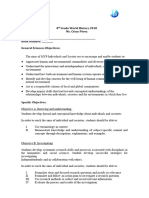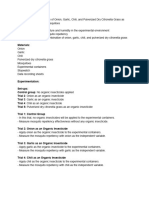100% found this document useful (1 vote)
45 views14 pagesUnit 1 Lesson3
The document outlines the characteristics and roles of a 21st-century teacher, emphasizing the importance of adaptability, mentorship, and innovation in education. It highlights critical attributes of 21st-century education, including global awareness, student-centered learning, and the integration of technology. Additionally, it describes the ideal learning environment as innovative, flexible, and inclusive, designed to foster essential skills for success in a rapidly changing world.
Uploaded by
monleonayexia96003Copyright
© © All Rights Reserved
We take content rights seriously. If you suspect this is your content, claim it here.
Available Formats
Download as PDF, TXT or read online on Scribd
100% found this document useful (1 vote)
45 views14 pagesUnit 1 Lesson3
The document outlines the characteristics and roles of a 21st-century teacher, emphasizing the importance of adaptability, mentorship, and innovation in education. It highlights critical attributes of 21st-century education, including global awareness, student-centered learning, and the integration of technology. Additionally, it describes the ideal learning environment as innovative, flexible, and inclusive, designed to foster essential skills for success in a rapidly changing world.
Uploaded by
monleonayexia96003Copyright
© © All Rights Reserved
We take content rights seriously. If you suspect this is your content, claim it here.
Available Formats
Download as PDF, TXT or read online on Scribd
/ 14









